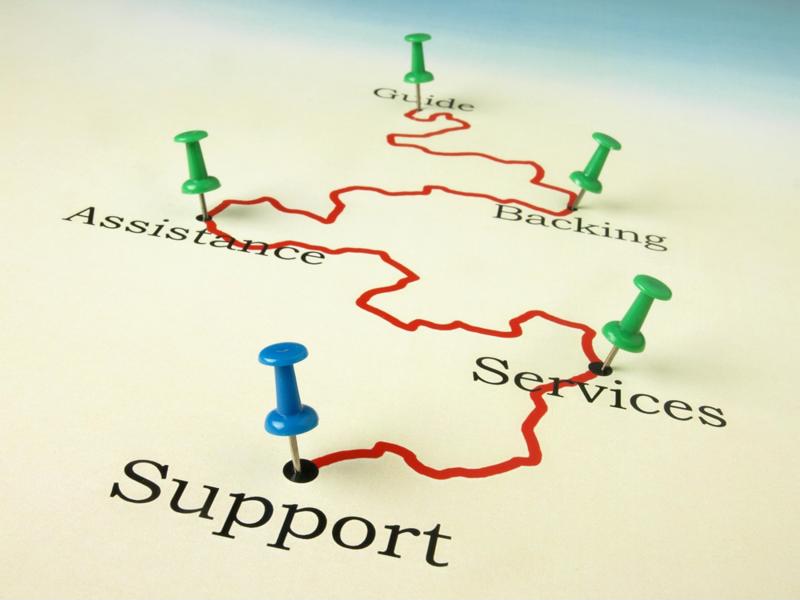
Using performance management to promote proactive communications
14 May 2023
Most business leaders and human resources professionals are familiar with performance management and the importance of good communication in the workplace. However, not so many people understand how the two concepts are linked. After all, they seem rather disparate: performance management is about monitoring how well an employee performs, whereas workplace communication management focuses on the ways in which people share information.
But, approaching these topics separately is problematic. Why? Simply put, performance management isn’t just about measuring key performance indicators and hosting skills development workshops. From a holistic point of view, it’s about improving every aspect of an employee’s work to produce better results, and enhancing your workforce’s communication abilities is part of that.
You can use many of the same tools you use in other areas of performance management to assess and improve communication. These methods can also be tweaked and adapted to meet an organisation’s or individual’s unique needs. Let’s take a look at a few specific techniques and strategies that can be used to encourage better dialogue and proactive communications in any organisation or team setting:
Identify goals and obstacles
As with any other development journey, you need to start at the beginning. Sit down with your team members individually to discover what areas of communication they struggle with, as well as what they want to achieve. For example, one employee might battle with asserting themselves in group settings while another may have difficulty with written communication such as emails. You can do this with questionnaires or surveys.
Create roadmaps
The next step is creating a plan of action based on the objectives and challenges you’ve identified. The strategy for every employee will necessarily be different because every employee has their own communication strengths and weaknesses. For our timid friend, you could find a course designed to help them assert themselves or a program aimed at improving written communication, for example.
 Create a roadmap to help you plan communication improvement strategies.
Create a roadmap to help you plan communication improvement strategies.Monitor progress
Like all projects, you’ll need to determine metrics and key performance indicators that will assist you in measuring an employee’s communication development. Along with these, you must hold regular one-on-one check-ins with every team member (ideally weekly) to discuss any new aims they have or problems they’ve encountered. It’s crucial to use this time to offer feedback and guidance to help them overcome any roadblocks.
Implement coaching and training
While improving communication skills largely relies on a great degree of self-awareness, your team members don’t need to embark on this journey alone. You can host group workshops centred on any given aspect of communication (conflict resolution, for example) led by an expert in the field or opt to invest in online skills development courses people can complete individually (the latter is good for person-specific training).
Use multiple review sources
Yes, you’ll have whatever metrics you chose to assess progress. But it’s also a good idea to ask each employee to rate their progress themselves in addition to your objective assessment. You can also ask coworkers to rate each other (anonymously, of course). Peer reviews can be incredibly helpful in getting a comprehensive understanding of an individual’s performance. Just make sure that every employee receives the same set of questions and that the reviews are randomly assigned.
Reward achievements
Positive reinforcement is the best way to encourage your desired behaviour, and rewarding employees who have made strides in their communication abilities is no exception. You can use skills course outcomes or rave reviews from colleagues to recognise employees who have made significant improvements in their communication skills. These can range from an extra half day of leave (paid time off) to a grocery store gift voucher, depending on what your budget allows.
Interested in learning more about performance management? Check out our course, or contact us to discuss how we can assist your team.





